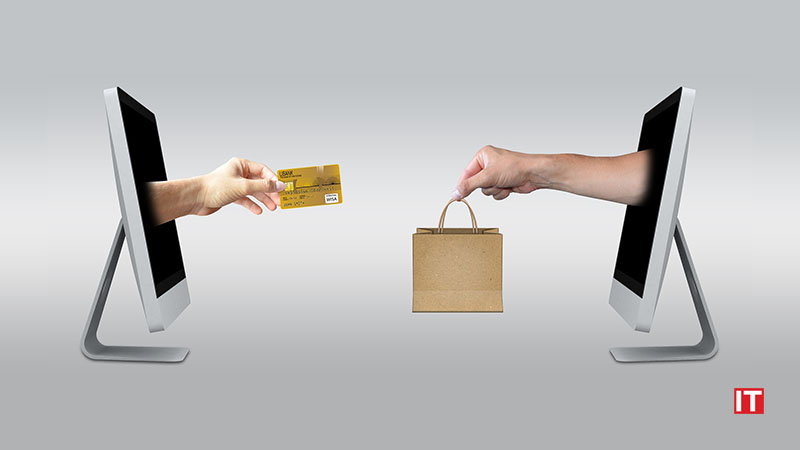The retail sector is regaining its footing as Covid-19 takes a breather and the economy recovers. Digital payments have been the most important enabler in this restoration. When everything shut down in 2020 due to the lockdown, it was the digital means of payment that kept merchants and consumers afloat.
The pandemic has also forced governments to use digital payment platforms (to the extent possible) in their response operations, both to deliver funding to vulnerable individuals and to pay vital workers.
Governments have also eased regulatory limits on digital payments, such as in Rwanda, where the government abolished digital transfer costs and raised the maximum limit on online transactions. Overall, the epidemic has highlighted the importance of using digital solutions.
Trends influencing digital payments in the retail sector include:
Adoption Of Digital Payments
Customer demand for electronic and mobile commerce, as well as contactless devices such as wearables, wallets, mobile phones, and cards, has fueled the adoption of these new digital technologies. With the introduction of quicker and more secure mobile devices, customers have begun to expect more efficient and speedier payment solutions.
Another factor driving adoption is the downward pressure on merchant costs charged by card processing providers, as well as the rise of cheaper alternatives supplied by fintech companies like Uber.
Read More: Is Digital Disruption of E-commerce Boosting Retail Industry Growth?
High Probability of Potential Payments
The availability of fast payments has resulted in a new customer requirement. The payment environment has also been shaken by the adoption of the Second Payment Services Directive (PSD2), with new instant payment providers such as e-wallets having the potential to emerge as a viable alternative to existing payment instruments. Immediate access to funds and ease of use are two important factors driving instant payment adoption.
Instant Payments and Basel-III Norms
Adoption of immediate or instant payments, such as SWIFT gpi and real-time payments schemes, is projected to boost liquidity and reduce reconciliation times, resulting in speedier order fulfillment across the payments lifecycle.
The Basel III rules strive for greater liquidity through longer-term funding of assets, as there is a growing need to monitor the level of liquid assets required to cover future liquidity needs and increase banks’ ability to resist liquidity shocks.
Cross-Border Payments
Cross-border remittances are expected to expand rapidly as blockchain, cryptocurrency, and other alternative payment providers become more widely available. Global trade flows are expected to quadruple to $85 trillion by 2025, according to Capgemini’s Top 10 digital payments trend forecasts. Emerging economies will drive this growth.
The proliferation of the Internet and digital technologies is also driving the need for businesses to streamline their procedures in order to keep up with the increasing speed and volume of international trade transactions.
Future of Digital Payments
Most customers might not be comfortable with, but have learned to expect, technology-assisted shopping in an increasingly connected environment. Many of these advancements are fueled by interchange, a tiny fee paid by businesses and their banks to the electronic payment network provider for the transaction’s processing.



































